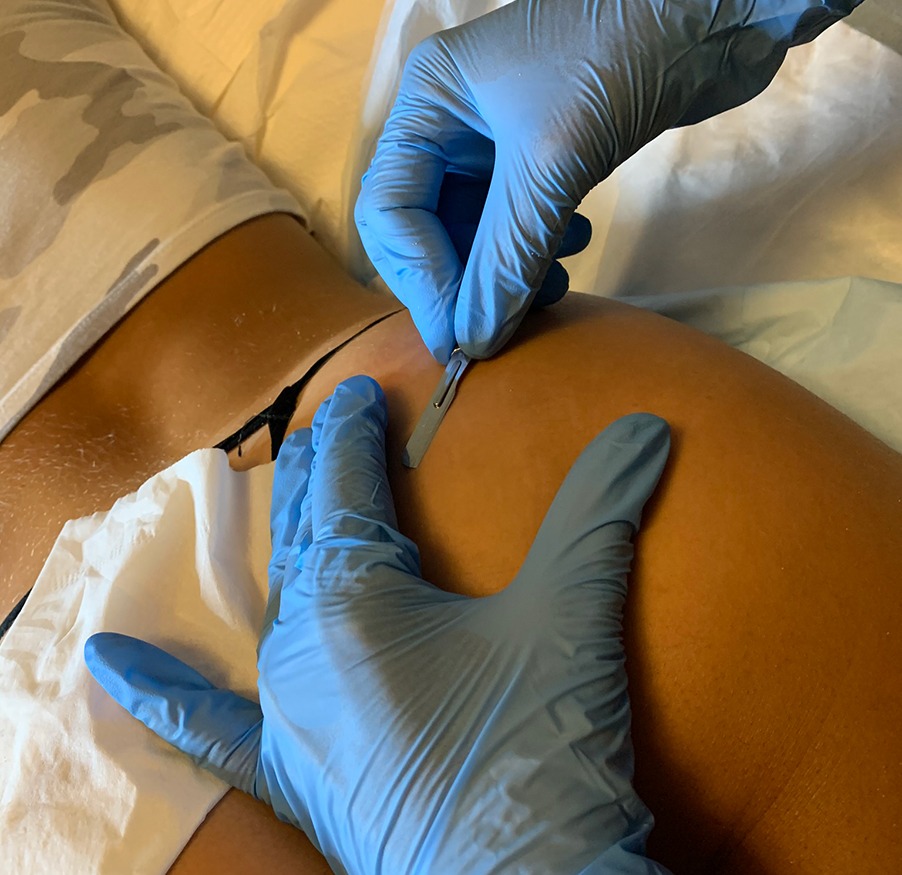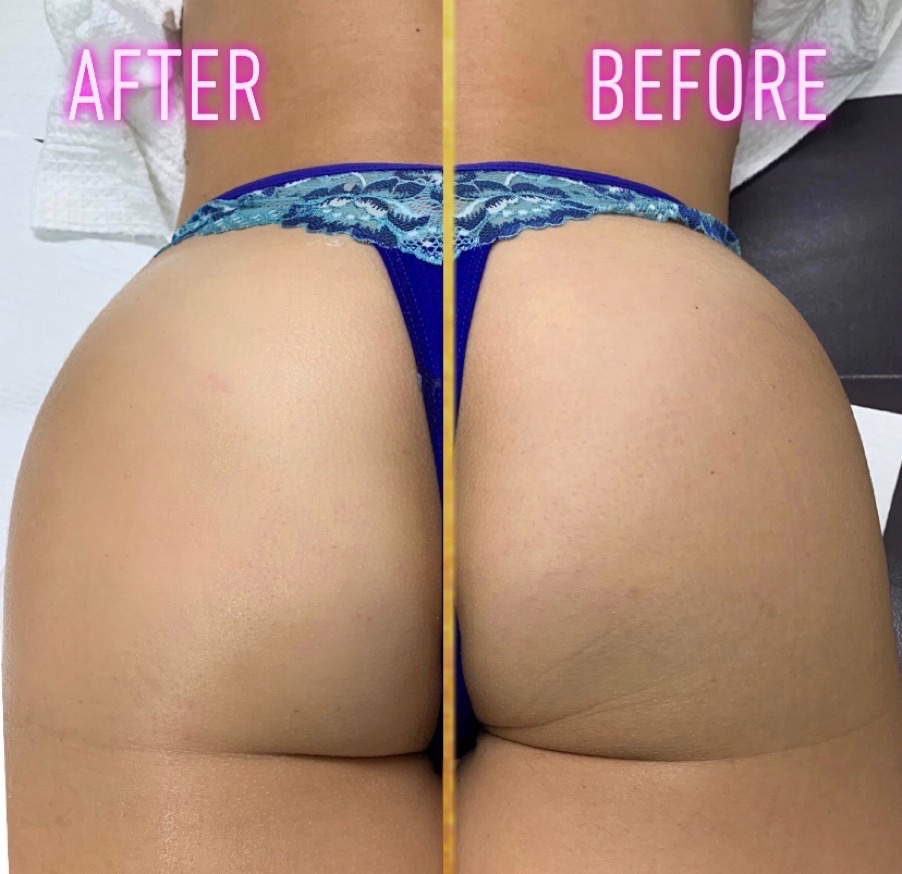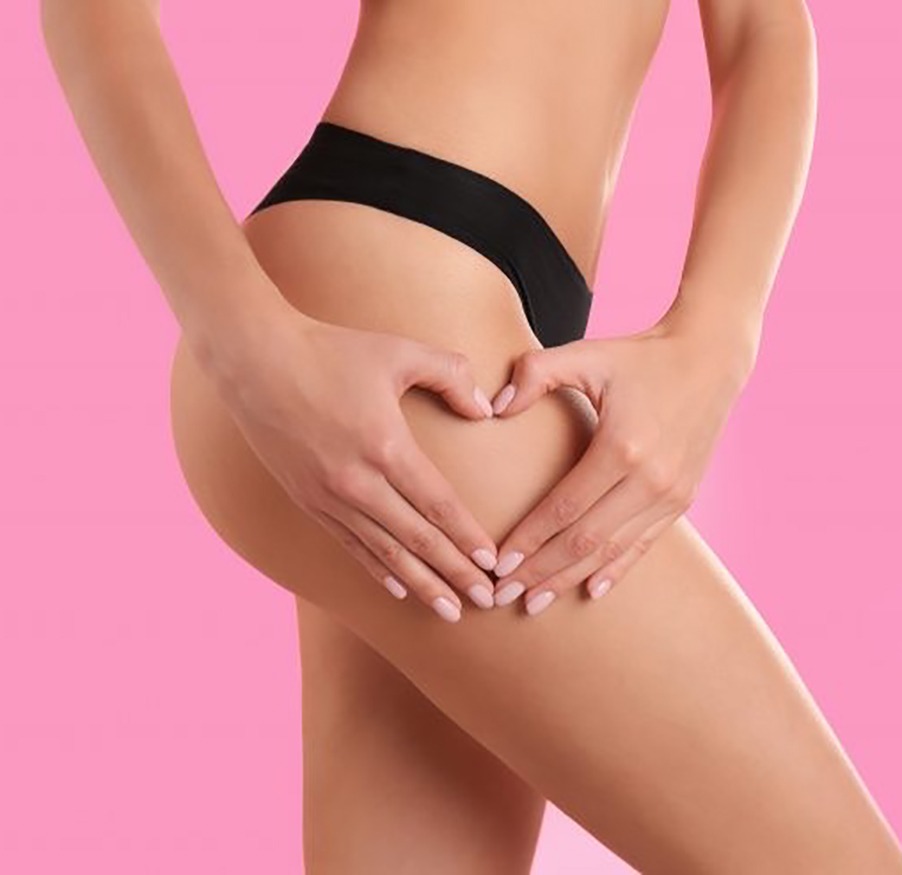Liposuction and the tummy tuck consistently rank among the most popular cosmetic surgical procedures because fat reduction and skin tightening treatments yield some of plastic surgery’s most dramatic transformations. With the rise of noninvasive fat reduction technologies, prospective patients have more options than ever before on this front.
Today, I’ll highlight the most effective surgical and noninvasive fat reduction and skin tightening treatments for, arguably, the most common trouble spot to help illustrate how you can narrow your choices.

Surgical or noninvasive?
First, here’s a little guidance to help you choose between a surgical and noninvasive fat reduction treatment. The number of noninvasive devices has multiplied over the last decade, and that trend’s only expected to continue for the foreseeable future. To filter that number down to a more digestible amount, there are two main questions you should be asking:
Does it actually work? And, does it fit my needs and goals?
No one’s expecting you to come up with these answers on your own — me and my staff are here to help guide you down a path that works for you. Of course, It helps to do some preliminary homework on your own, but you should rely on your plastic surgeon to help you filter your options and, ultimately, select the right treatment for you. During our consultation, we not only physically assess your anatomy and skin quality, we also want to learn about your goals. All of which will enable us to form a realistic idea of what is achievable through each approach.
Target area: The abdomen
CoolSculpting works through a noninvasive process called cryolipolysis, where the fatty tissue in the targeted area is frozen and up to 25% of the fat cells in that area are destroyed. And because the body only produces a certain number of fat cells, those particular fat cells are never coming back. All of that is encouraging. It does, however, require some patience. The fat cells are dispensed by the body gradually, so it can take several weeks to see the full results of a treatment. And most patients need multiple treatments to achieve their desired look.
If you don’t mind a bit of downtime, liposuction remains the gold standard for precision and large-volume fat reduction. Coupled with BodyTite, a minimally-invasive procedure that tightens skin through radiofrequency-induced heat, the two are a formidable one-two punch for flattening just about any paunch.
There is an exception, though. A sculpted midsection is comprised of three components: tight skin, minimal fat, and strong muscles. If lax muscles are a concern, a tummy tuck may be a more appropriate choice. Depending on your needs, that could mean a mini-tummy tuck, which focuses on the lower abdomen, or a full tuck, which will address the entire abdomen.
Three potential treatments for one problem area, all of them effective. Again, allow your expectations for both the treatment and the outcome to be your compass. And trust your surgeon’s expertise.
I know this information can be overwhelming, which is why my staff and I are available to help you decide which treatments are best for your overall goals. Please contact us with any questions, or if you wish to schedule a consultation.








